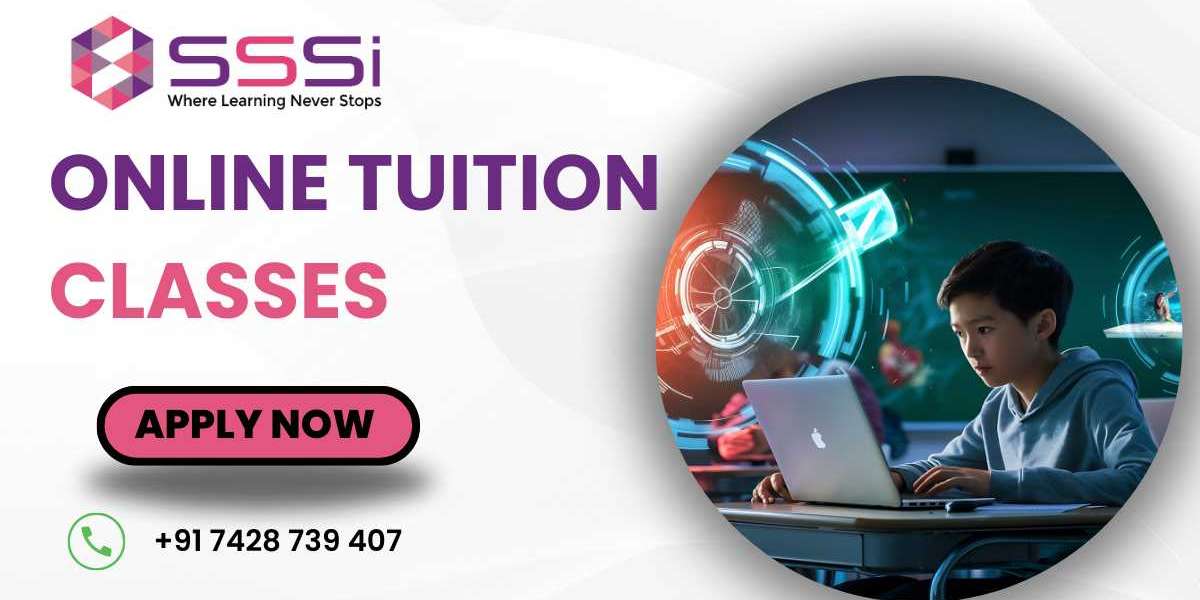The International Astronomy Olympiad (IAO) is a prestigious competition that brings together young astronomy enthusiasts from around the world. This challenging event tests students' knowledge and skills in various aspects of astronomy and astrophysics. Preparing for the IAO requires a solid understanding of the syllabus, which covers a wide range of topics. In this article, we will explore the key components of the International Astronomy Olympiad syllabus, providing a roadmap for students aiming to excel in this competition.
Overview of the International Astronomy Olympiad
The International Astronomy Olympiad was established in 1996 and has since become one of the most respected science competitions globally. The IAO aims to promote interest in astronomy among young students, encourage scientific thinking, and foster international collaboration. Participants typically include high school students with a passion for astronomy and a strong background in science and mathematics.
The competition consists of three main rounds: theoretical, observational, and practical. Each round tests different aspects of a participant’s knowledge and abilities in astronomy and related fields.
Key Components of the IAO Syllabus
The IAO syllabus is comprehensive, covering various topics in astronomy, astrophysics, and related sciences. Below is a breakdown of the main areas students should focus on while preparing for the competition.
1. Fundamental Concepts of Astronomy
This section covers the basic concepts and principles of astronomy, including:
- Celestial Mechanics: Understanding the motion of celestial bodies, including the laws of gravitation, Kepler’s laws, and orbital mechanics.
- Timekeeping and Calendars: Knowledge of different timekeeping systems, calendars, and the concept of time zones.
- Spherical Astronomy: Understanding the celestial sphere, coordinates (equatorial, horizontal, ecliptic), and the concept of precession and nutation.
2. Observational Astronomy
Observational astronomy is a crucial part of the IAO syllabus, focusing on practical skills and knowledge, including:
- Telescope Usage: Understanding the types of telescopes, their components, and how to use them effectively for observations.
- Stellar Magnitudes: Knowledge of apparent and absolute magnitudes, distance modulus, and light curves.
- Constellations and Sky Mapping: Familiarity with major constellations, star charts, and celestial coordinate systems.
- Planetary Observations: Techniques for observing planets, including phases, transits, and eclipses.
3. Astrophysics
Astrophysics forms a significant portion of the IAO syllabus, requiring students to have a deep understanding of the following areas:
- Stellar Evolution: The life cycle of stars, including star formation, main sequence, red giants, supernovae, neutron stars, and black holes.
- Galactic Astronomy: Understanding the structure and dynamics of the Milky Way, galaxy classification, and active galactic nuclei.
- Cosmology: Basic concepts of the universe's structure, the Big Bang theory, cosmic microwave background radiation, and dark matter and dark energy.
- Astrophysical Processes: Knowledge of nuclear fusion, radiation mechanisms, and energy transfer in astrophysical environments.
4. Solar System Astronomy
This section covers the study of our solar system, including:
- Planetary Science: Detailed knowledge of planets, moons, dwarf planets, asteroids, and comets in our solar system.
- Orbital Dynamics: Understanding the motion of planets, moons, and artificial satellites, including tidal forces and resonance.
- Solar Activity: Knowledge of the Sun's structure, solar cycles, sunspots, solar flares, and coronal mass ejections.
5. Astronomical Instruments and Techniques
Students must be familiar with the academic tools and techniques used in astronomy, including:
- Spectroscopy: Understanding the principles of spectroscopy, spectral lines, and the information they provide about celestial objects.
- Photometry: Techniques for measuring the brightness of stars and other celestial objects.
- Radio Astronomy: Basics of radio wave detection, radio telescopes, and their applications in studying celestial phenomena.
6. Theoretical Problems and Data Analysis
The IAO also tests students on their ability to solve complex theoretical problems and analyze astronomical data. This includes:
- Mathematical Modeling: Applying mathematical techniques to model astronomical phenomena.
- Data Interpretation: Analyzing and interpreting data from observations, including light curves, spectra, and images.
- Problem-Solving Skills: Tackling challenging problems in celestial mechanics, astrophysics, and observational astronomy.
Preparing for the International Astronomy Olympiad
To excel in the IAO, students should:
Study the Syllabus Thoroughly: Begin by mastering the fundamental concepts outlined in the IAO syllabus. Ensure you have a strong grasp of both theoretical knowledge and practical skills.
Practice Observational Skills: Regularly practice using telescopes, star charts, and other observational tools. Participate in local astronomy clubs or online forums to enhance your skills.
Solve Previous Years’ Papers: Work on past IAO papers to familiarize yourself with the format and difficulty level of the questions. This will help you identify areas where you need more practice.
Engage in Group Study: Join study groups or online communities where you can discuss concepts, share resources, and solve problems together.
Seek Guidance from Experts: Consider enrolling in coaching classes or seeking mentorship from experienced astronomers who can provide valuable insights and guidance.
Stay Updated: Astronomy is a dynamic field with new discoveries happening regularly. Stay updated with the latest developments in astronomy and astrophysics.
Conclusion
The International Astronomy Olympiad is a challenging yet rewarding competition that offers students an opportunity to showcase their knowledge and passion for astronomy. By thoroughly understanding and mastering the syllabus, students can significantly improve their chances of success. Remember, preparation is key, so start early, stay focused, and keep your curiosity alive.








